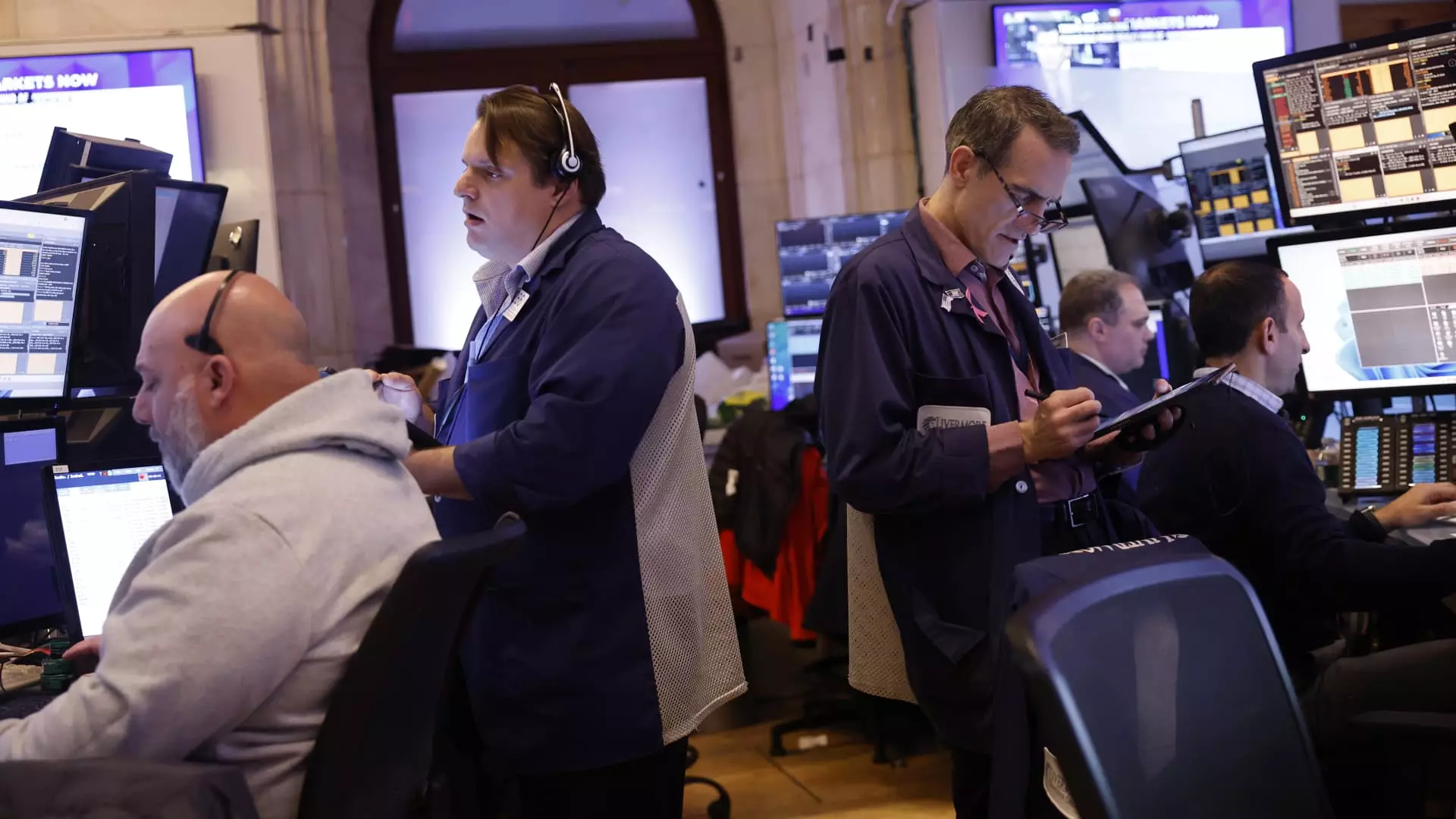In recent times, the Magnificent 7 stocks have once again surged to new highs following Nvidia’s impressive earnings report. These seven stocks now make up approximately 30% of the S&P 500 index. When considering the top 10 stocks, including companies like Berkshire Hathaway, Lilly, and Broadcom, the concentration increases to about 33% of the S&P 500. This concentration has raised concerns among registered investment advisors (RIAs), who are faced with clients pressuring them to invest more heavily in these dominant stocks.
At a recent ETF conference in Miami Beach, RIAs sought advice on how to address the over-concentration in these top-performing stocks. There was a sense of unease about the potential risks associated with such high levels of concentration. Advisors feared that they would be blamed if the Magnificent 7 rally were to falter, leading to significant losses for their clients. The hope was for a more diversified market rally, but with Nvidia’s continued growth, that hope seems to be diminishing.
The dominance of the Magnificent 7 in today’s market landscape may seem unprecedented, but historical data tells a different story. Concentration of top-performing stocks has been a recurring trend in the market, especially within the tech sector. In previous periods, such as the mid-1960s and the dotcom boom of the late 1990s, the top 10 stocks accounted for a significant portion of the S&P 500 index.
Over the years, the concentration of top stocks has fluctuated, with peaks and troughs reflecting market dynamics and technological advancements. Even other countries like China, Germany, the United Kingdom, France, and Canada exhibit high levels of concentration in their respective stock indexes. Despite concerns about over-concentration, this trend has historically favored index investors, particularly those invested in market cap-weighted indexes like the S&P 500.
The rise of the Magnificent 7 and the concentration of top stocks in the market have been both a blessing and a curse for investors. While the dominance of a select few has driven market outperformance, it has also raised concerns about overreliance on a handful of companies. Investors passively holding diversified indexes have reaped the benefits of market leadership, but the risk of a potential correction looms large.
The success of the Magnificent 7 can be attributed to their status as market leaders in innovative technologies, particularly artificial intelligence. These companies have consistently delivered strong profits and growth, making them attractive investments for many. Despite comparisons to the dot-com era, the current market leaders contribute significantly more to the earnings of the S&P 500, indicating a more stable financial foundation.
While fears of a correction in the Magnificent 7 persist, it’s essential to recognize that such corrections have already occurred. In 2022, Nvidia and other top stocks experienced significant declines, only to rebound strongly thereafter. The AI revolution driving these companies is not just a passing trend but a fundamental shift in the tech landscape. Investors should remain cautious but also acknowledge the long-term potential of these market leaders.
The concentration of the Magnificent 7 in the stock market reflects a broader trend of market dominance by a select group of companies. While this concentration raises valid concerns about diversification and risk management, it also underscores the opportunities for investors to benefit from the success of these market leaders. By understanding the historical context and potential risks, investors can navigate the market landscape more effectively and capitalize on emerging trends in the tech sector.

